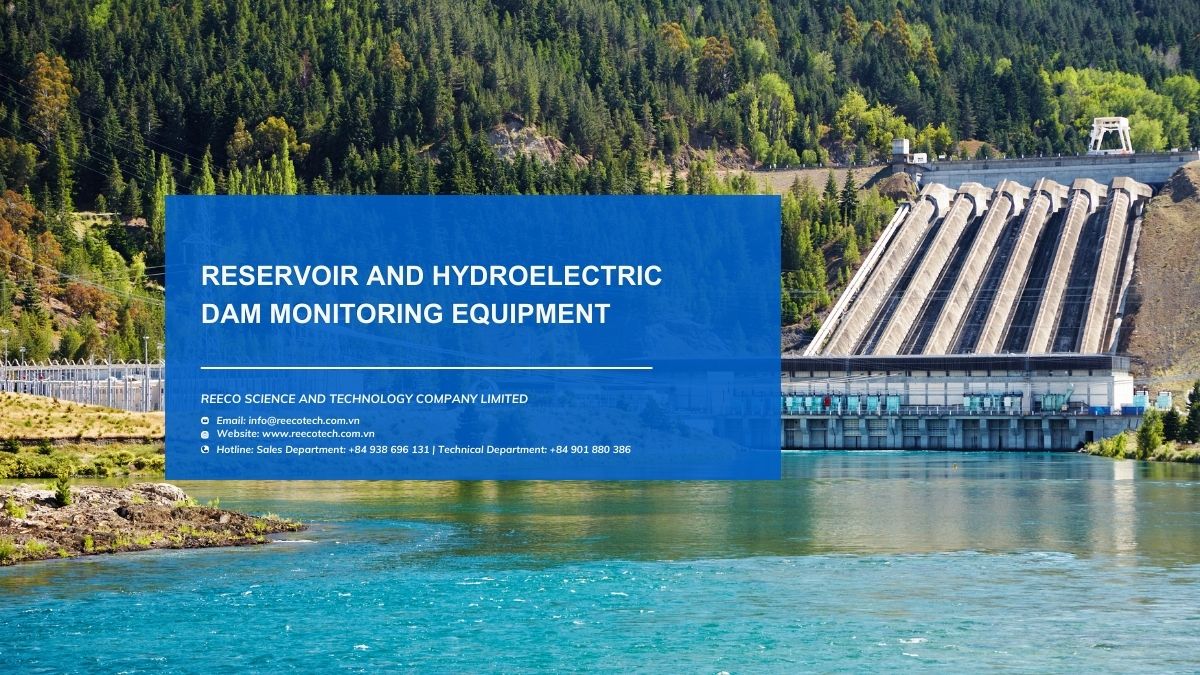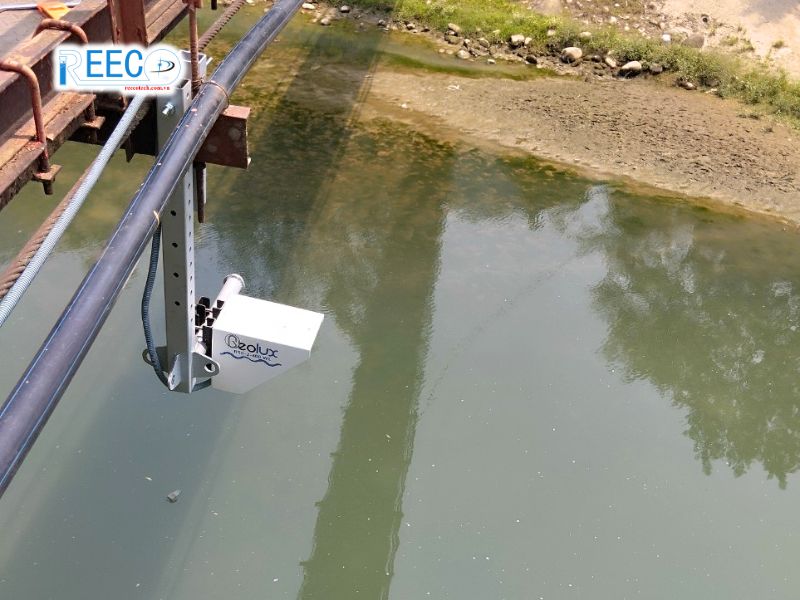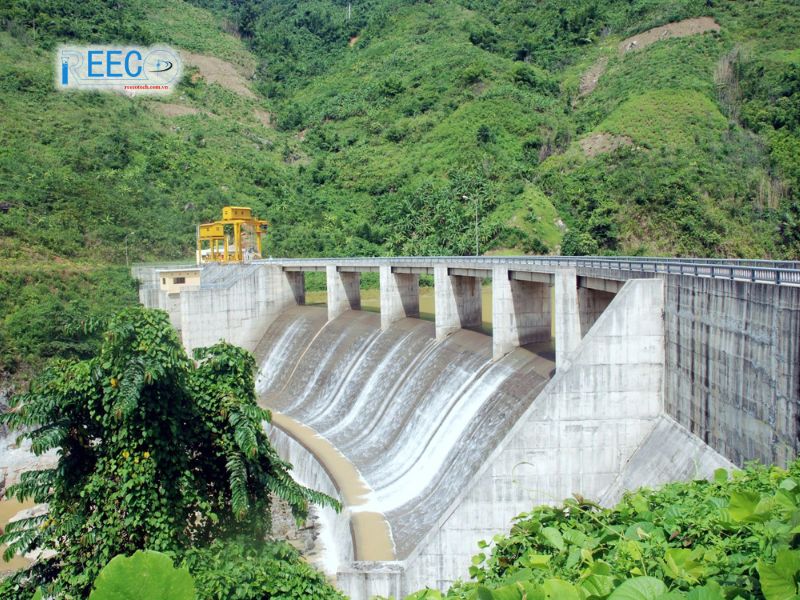The management and monitoring of reservoirs and hydroelectric dams is a crucial part of the operation and safety assurance of these structures. To carry out this task effectively, monitoring equipment has become an indispensable factor, helping to track and analyze important technical parameters. This article will introduce the monitoring equipment commonly used in reservoirs and hydroelectric dams.

Water level sensors
Water level sensors used to monitor dams and reservoirs are measuring devices for the height of the water level to track and manage the water level in these structures. Common types of water level sensors include: pressure sensors, which use water pressure to determine the water level; ultrasonic sensors, which use ultrasonic waves to measure the distance from the sensor to the water surface; radar sensors, which are similar to ultrasonic sensors but use radar waves; and optical sensors, which use light principles to measure the water level. These water level sensors help monitor and control the water level in reservoirs and dams, ensuring the safety of the structure and optimizing water resource management.

Pressure Sensors
Pressure sensors are used to monitor reservoir dams and measure the pressure of water or liquids within the reservoir. These sensors provide critical data on water levels and pressure at various points along the dam, helping to monitor the dam’s condition and safety.
There are two common types of pressure sensors used:
-
- Hydrostatic Pressure Sensors: These measure water pressure based on the depth of the water. As the water level rises, the pressure increases accordingly, and this sensor helps measure that increase to determine the current water level.
- Differential Pressure Sensors: These measure the pressure difference between two points and are often used to monitor pressure between two sides of the dam or between different locations within the reservoir.
=> See more: Specialized Hydrometeorological Monitoring for Dams and Hydropower Reservoirs according to Decree No. 114/ND-CP
Flow Sensor
A flow sensor used for dam reservoir monitoring is a device that measures the flow rate of water passing through a specific point, often at spillways or other locations within the dam system. Data from this sensor provides crucial information about the amount of water flowing through the dam, aiding in the efficient and safe management and operation of the reservoir.
Several types of flow sensors are commonly used in dam reservoir monitoring, including:
-
- Electromagnetic flow sensor: Uses electromagnetic phenomena to measure the velocity and flow rate of water passing through the sensor. This type of sensor is highly accurate and less affected by environmental factors.
- Ultrasonic flow sensor: Uses ultrasonic waves to measure the flow velocity of water. This sensor can measure both flow through closed pipes and open channels.
- Turbine flow sensor: Uses a turbine to measure the flow velocity of water. As water flows through, the turbine rotates, and this rotational speed is converted into flow rate data.
Temperature Sensors
Temperature sensors are devices used to measure and monitor the temperature of structures or environments. In the monitoring of dams, temperature sensors play a crucial role in tracking and recording the temperature of water and dam structural surfaces. This enables engineers and operation managers to assess the condition and safety of the dam, as well as predict potential changes that could affect the structure or performance of the dam.
There are various types of temperature sensors that can be used, including:
-
- Contact temperature sensors: These are attached directly to the surface to measure the temperature of the dam’s structural material or the water in the reservoir.
- Non-contact temperature sensors: These use infrared rays to measure temperature remotely without direct contact with the surface.
Earthquake Monitoring System
An earthquake monitoring system for reservoir dams is a system of devices and technologies designed to track and record ground vibrations or tremors caused by earthquakes. This system includes devices such as accelerometers, strain gauges, and seismic sensors installed at strategic locations in and around the dam.
Geotechnical Monitoring System
This system includes devices such as strain gauges, inclinometers, and other sensors to monitor changes in the geotechnical structure of the dam and surrounding area. This helps to detect early problems that could lead to structural failures.
Where to buy reservoir and hydroelectric dam monitoring equipment?
If you are looking for high-quality monitoring equipment for reservoirs and hydroelectric dams, Reecotech is a trusted source. Reecotech offers a wide range of advanced monitoring equipment that meets strict technical standards. With experience and expertise in this field, Reecotech not only provides quality products but also provides consulting and installation support, ensuring your system operates efficiently and safely.
The use of modern and accurate monitoring equipment is a critical factor in ensuring the safety and efficiency of reservoirs and hydroelectric dams. This equipment not only helps monitor the current condition of the structure but also provides important data for forecasting and preventing potential incidents. If you are looking for professional monitoring solutions, contact Reecotech for the best advice and support.

